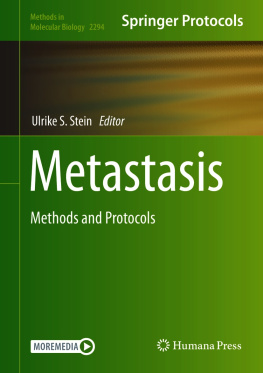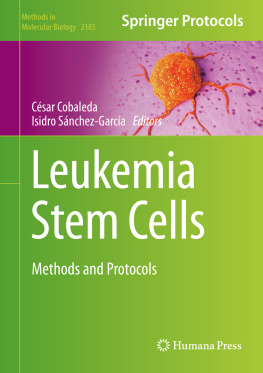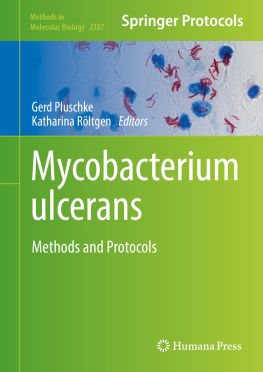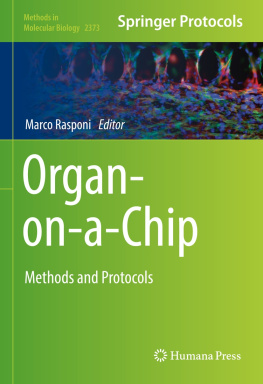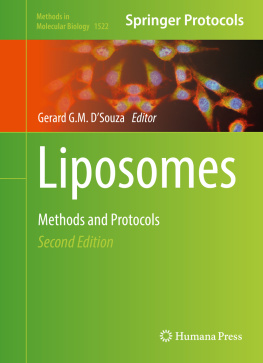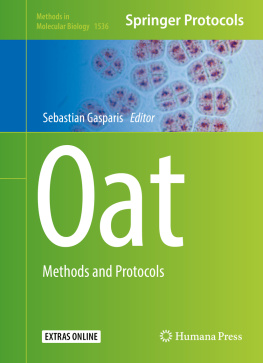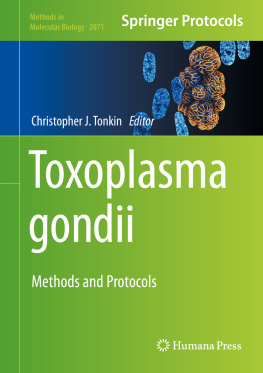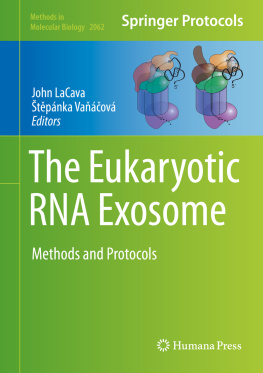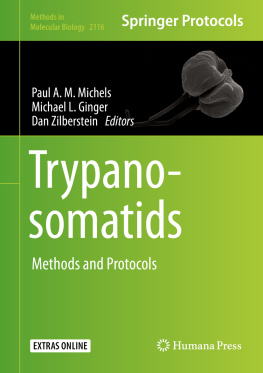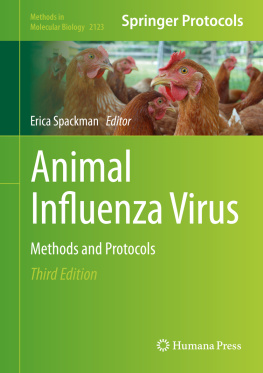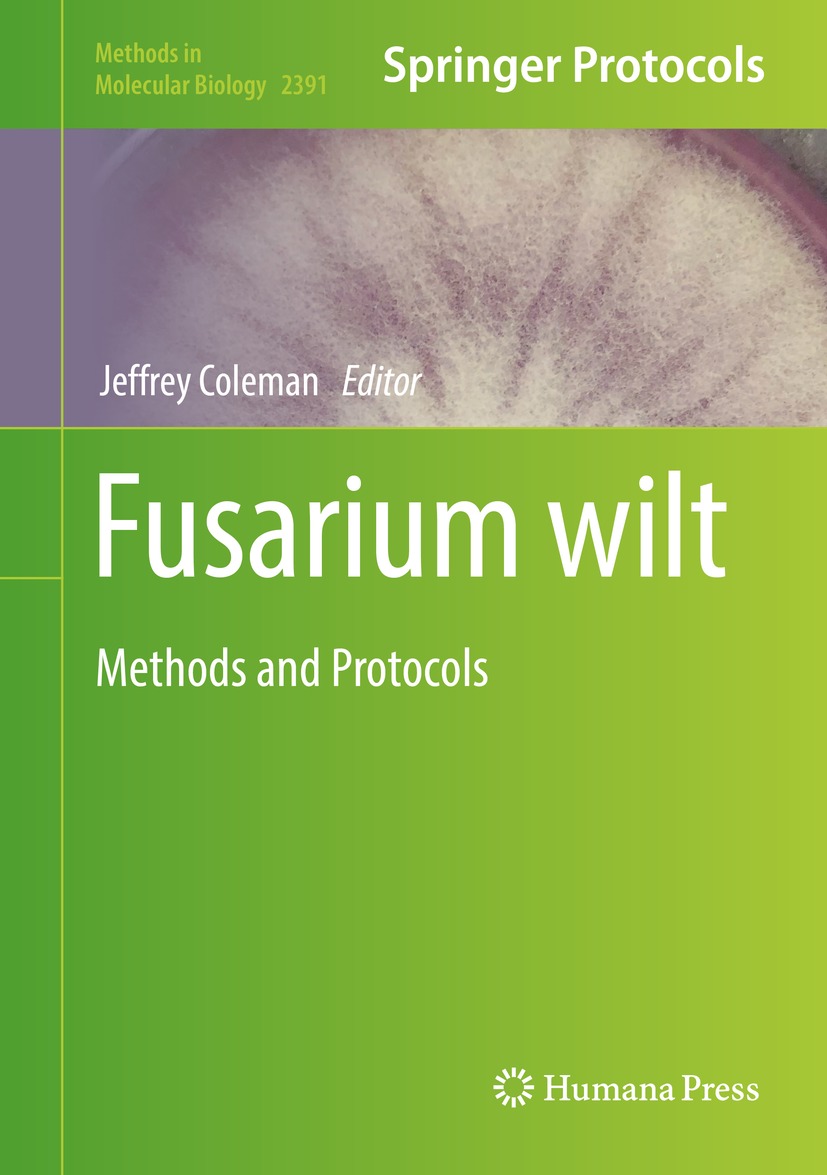Volume 2391
Methods in Molecular Biology
Series Editor
John M. Walker
School of Life and Medical Sciences, University of Hertfordshire, Hatfield, Hertfordshire, UK
For over 35 years, biological scientists have come to rely on the research protocols and methodologies in the critically acclaimed Methods in Molecular Biology series. The series was the first to introduce the step-by-step protocols approach that has become the standard in all biomedical protocol publishing. Each protocol is provided in readily-reproducible step-by step fashion, opening with an introductory overview, a list of the materials and reagents needed to complete the experiment, and followed by a detailed procedure that is supported with a helpful notes section offering tips and tricks of the trade as well as troubleshooting advice. These hallmark features were introduced by series editor Dr. John Walker and constitute the key ingredient in each and every volume of the Methods in Molecular Biology series. Tested and trusted, comprehensive and reliable, all protocols from the series are indexed in PubMed.
For further volumes: http://www.springer.com/series/7651
Editor
Jeffrey Coleman
Department of Entomology and Plant Pathology, Auburn University, Auburn, AL, USA
ISSN 1064-3745 e-ISSN 1940-6029
Methods in Molecular Biology
ISBN 978-1-0716-1794-6 e-ISBN 978-1-0716-1795-3
https://doi.org/10.1007/978-1-0716-1795-3
The Editor(s) (if applicable) and The Author(s), under exclusive license to Springer Science+Business Media, LLC, part of Springer Nature 2022
This work is subject to copyright. All rights are solely and exclusively licensed by the Publisher, whether the whole or part of the material is concerned, specifically the rights of translation, reprinting, reuse of illustrations, recitation, broadcasting, reproduction on microfilms or in any other physical way, and transmission or information storage and retrieval, electronic adaptation, computer software, or by similar or dissimilar methodology now known or hereafter developed.
The use of general descriptive names, registered names, trademarks, service marks, etc. in this publication does not imply, even in the absence of a specific statement, that such names are exempt from the relevant protective laws and regulations and therefore free for general use.
The publisher, the authors and the editors are safe to assume that the advice and information in this book are believed to be true and accurate at the date of publication. Neither the publisher nor the authors or the editors give a warranty, expressed or implied, with respect to the material contained herein or for any errors or omissions that may have been made. The publisher remains neutral with regard to jurisdictional claims in published maps and institutional affiliations.
This Humana imprint is published by the registered company Springer Science+Business Media, LLC part of Springer Nature.
The registered company address is: 1 New York Plaza, New York, NY 10004, U.S.A.
Preface
Fusarium wilt diseases are primarily caused by members of the Fusarium oxysporum species complex (FOSC) and are found worldwide. These filamentous phytopathogenic fungi are able to infect over 120 genera of plants, including tomato, banana, cucurbits, melon, cotton, and a wide range of fruits and vegetables. In addition to their broad host range, these fungi have many interesting biological aspects that have been the focus of investigation; in particular they have been well established to harbor additional chromosomes (i.e., the accessory genome) that confer many isolate-specific traits, including host specificity and niche adaptation. The unique characteristics of members of the FOSC have prompted researchers to develop and optimize several molecular procedures to study their biology. In this volume, a collection of molecular protocols detailing some of the most common and modern techniques for use with these fungi is presented. These methods range from the initial isolation and molecular-based identification to further specific protocols involving genome characterization, generation of mutants, and characterization of interactions with other organisms including host plants. This volume could serve as a valuable laboratory resource for mycologists, plant pathologists, microbiologists, geneticists, and others that have an interest in the FOSC or closely related fungi.
Jeffrey Coleman
Auburn, AL, USA
Contents
Kerry ODonnell , Imana Laraba and David M. Geiser
Zunyong Liu , Eun-Gyu No , Catherine Danmaigona Clement , Ping He and Libo Shan
Yu Ayukawa and Masatoki Taga
Navdeep Gill and Braham Dhillon
Cristina Lpez Daz , Luca Gmez-Gil , Elena Prez-Nadales , Gesabel Navarro Velasco and Antonio Di Pietro
Yan-Hong Dong and Shu-Tong Wang
Ambika Pokhrel , Seungyeon Seo , Qiang Wang and Jeffrey J. Coleman
Qiang Wang and Jeffrey J. Coleman
Tnia R. Fernandes , Antonio Serrano and Antonio Di Pietro
Ningxiao Li and Seogchan Kang
Michael C. MacKillop and John C. Kennell
Virginia Casado-del Castillo , Ernesto Prez Benito and Jos Mara Daz-Mnguez
Hye-Seon Kim , Sook-Young Park , Seogchan Kang and Kirk J. Czymmek
Yong Zhang , Pei-Lun Kao , Akaansha Rampal , Sibongile Mafu , Sergey Savinov and Li-Jun Ma
Catherine C. Wasmann and Jeffrey J. Coleman
Jinggao Liu and Tanya A. Wagner


